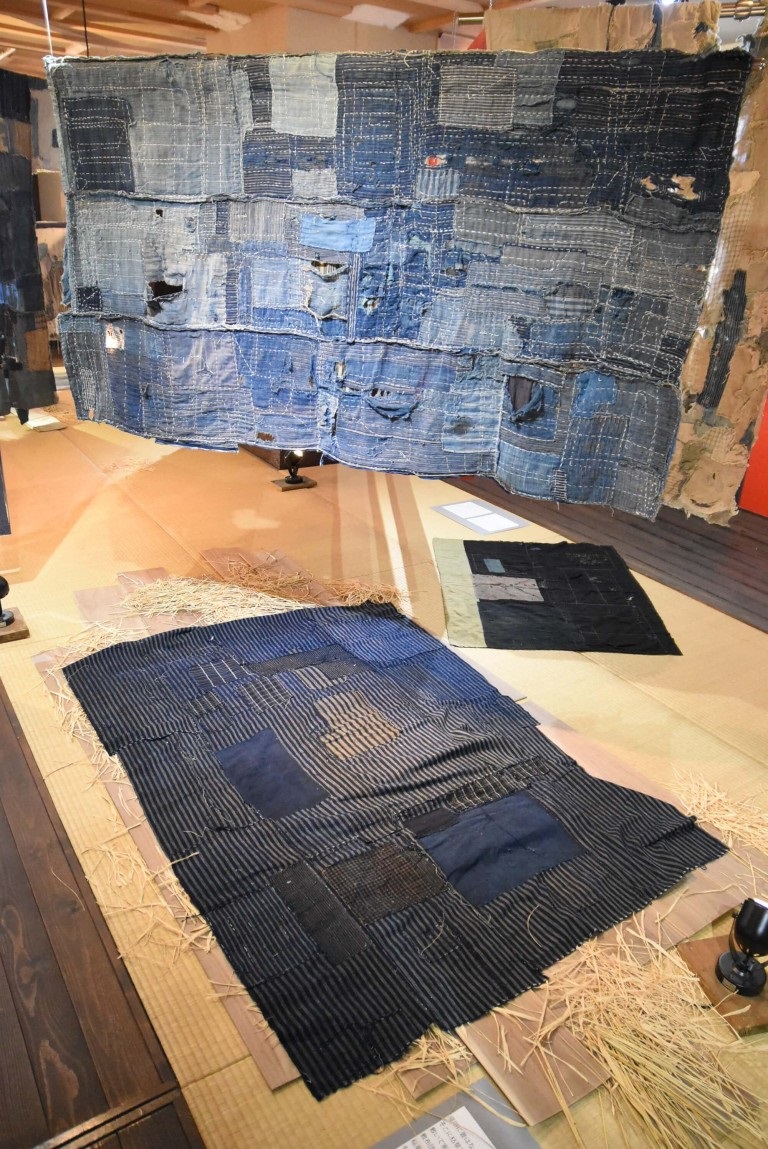
Insights
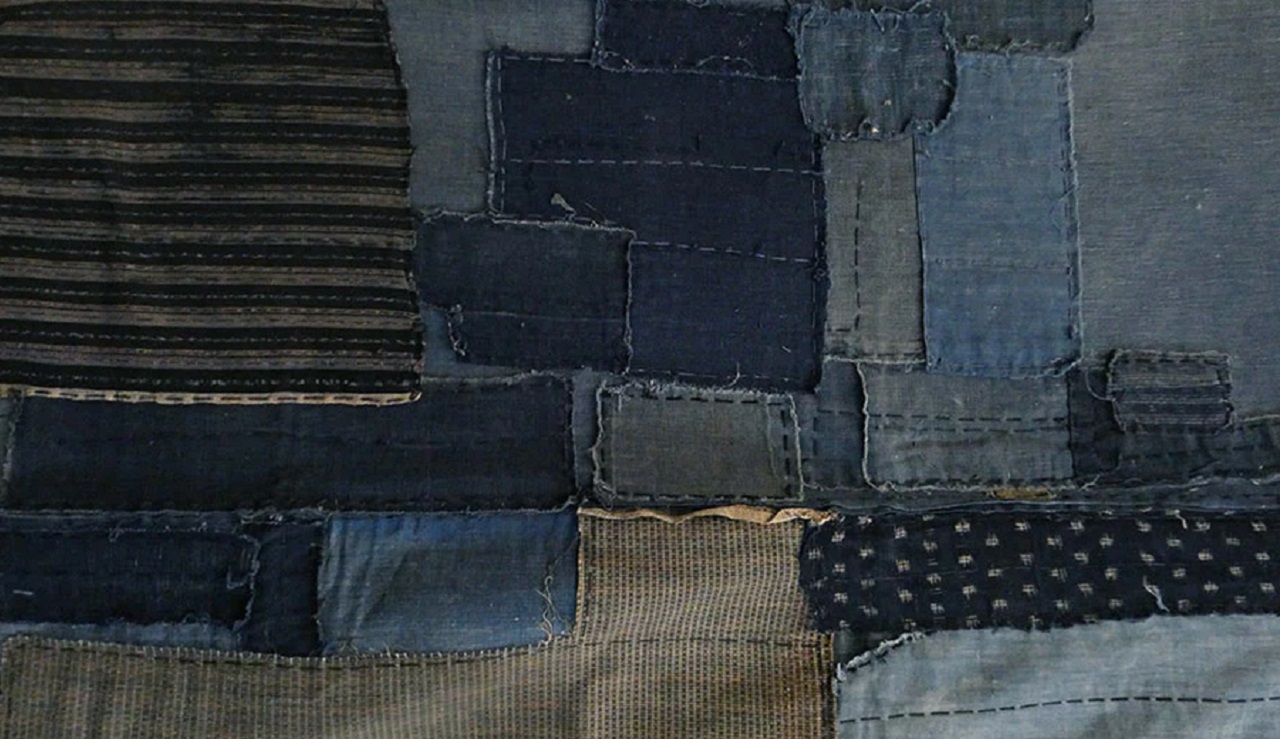
The winters in northern Japan are long. In the Edo period, when the rest of the country thrived on silk and commerce, the Tōhoku region—Aomori, Akita, Iwate—endured months of frozen soil and coastal wind that never stopped. Cotton didn’t grow there. It had to be imported from the warmer south, and by the time it arrived, it was a luxury few could afford. For farmers and fishermen eking out a living on the edge of the Sea of Japan, the idea of new cloth was laughable. So they did what necessity demands of the impoverished and the practical: they began to repair.
Boro was never intended as an aesthetic. The word translates to “rags” or “tattered cloth,” and that’s what it was—layers of worn fabric, patched over time until the original garment was almost unrecognizable. A fisherman’s coat became his son’s work vest, then a child’s sleeping blanket. A futon cover might bear decades of mending, each new patch sewn by hand with heavy thread in a running stitch called sashiko. The goal wasn’t beauty. It was survival. If the sleeve tore, you reinforced it. If the cloth thinned, you layered more over it. If you had nothing left, you borrowed a scrap from a neighbor. A single jacket could live three generations, more if you were lucky.
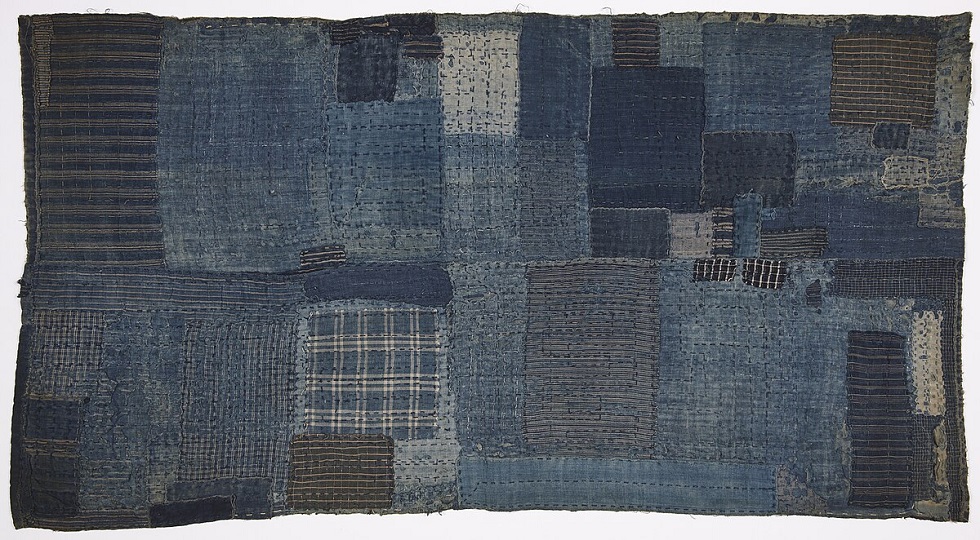
These garments, heavy with thread and history, became maps of family life. Each patch marked a winter survived, a harvest finished, a life extended. And though nobody called it art, there was artistry in it—improvised geometry stitched in indigo and white.
To understand boro is to understand mottainai—the Japanese philosophy of “waste not, want not.” In a region where poverty was a constant and winter was a kind of test, throwing anything away bordered on sin. What could not be rewoven could be re-stitched. What could not be repaired could be repurposed.

For nearly three hundred years, that rhythm held. Then the world changed. After the Meiji Restoration and into the twentieth century, Japan industrialized. After the Second World War, Western fabrics, machines, and clothing flooded in. Suddenly, poverty was something to hide, not endure. Cotton was cheap. Polyester was cleaner. Progress meant never having to wear your father’s patched coat again. Families who’d kept boro textiles for generations began to burn them. Rags belonged to a past Japan wanted to escape.
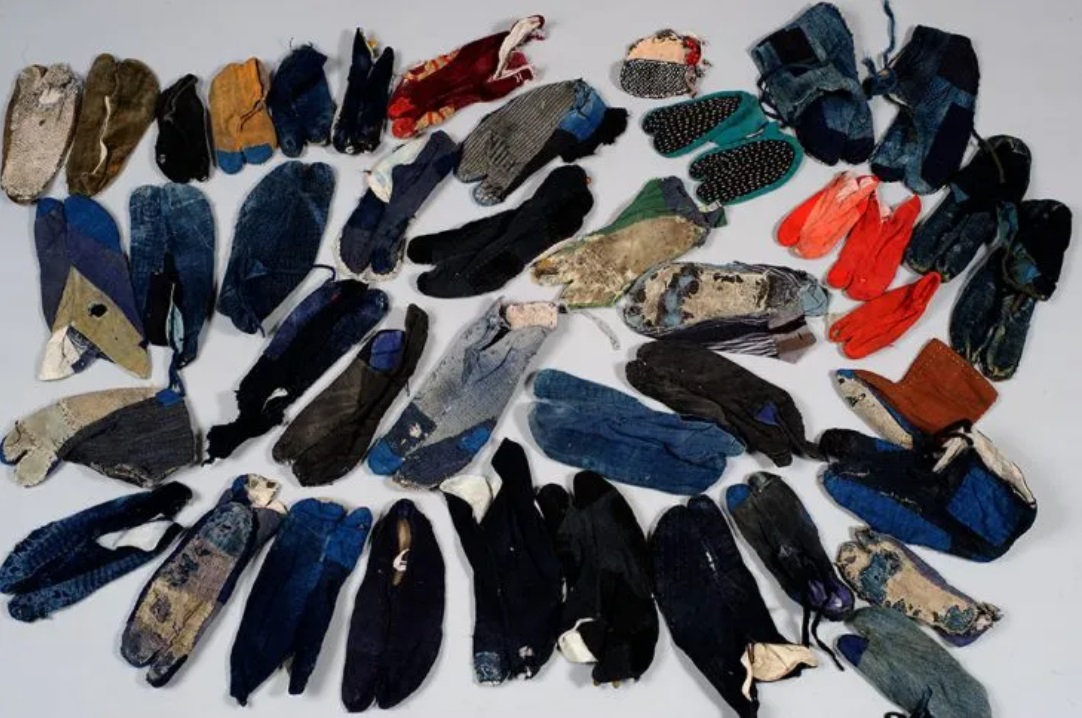
By the 1960s, barely anyone spoke of boro except anthropologists. The textiles that survived did so mostly by accident—stuffed in cupboards, traded in old-cloth markets for pennies. And for a time, it seemed that boro would fade out entirely, its slow, hand-stitched patchworks swallowed by the speed of postwar life.
Then someone looked closer.
In the 1970s and ’80s, Japan’s mingei movement—championing the beauty of folk crafts—brought new attention to objects once considered beneath notice. Pottery, woodwork, handwoven cloth: the handmade became sacred again. Within that reappraisal, a few textile collectors began to see boro not as embarrassment, but evidence. Here was the material memory of a country rebuilt from scarcity. The rough, stitched cloth of peasants was the visual echo of endurance.
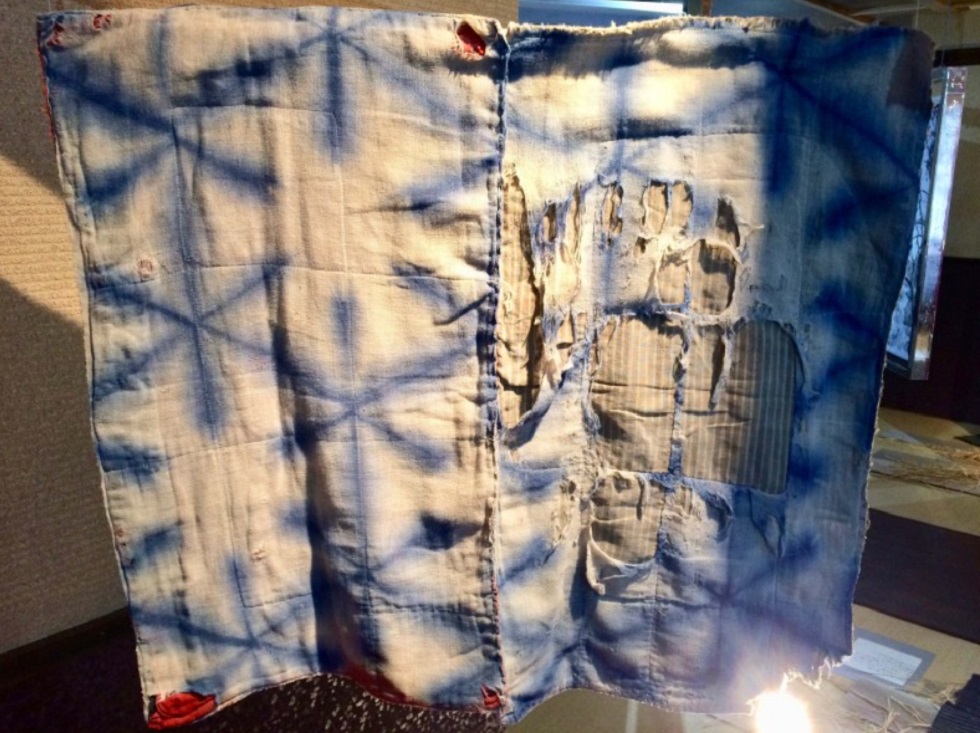
The man most responsible for preserving that vision was Chuzaburo Tanaka, a textile researcher who spent decades traveling through rural Japan collecting old work garments. By the 1990s, Tanaka had amassed one of the world’s largest boro collections—hundreds of patched futons, coats, and trousers that he exhibited at Tokyo’s Amuse Museum, turning what had once been “rags” into relics. Visitors came expecting folk curiosity and left stunned. Up close, the layers looked like abstract paintings: indigo fractured by pale seams, threads like brushstrokes. After the museum closed in 2019, the fate of the full collection became uncertain, but Tanaka’s mission had already succeeded. Boro had re-entered the cultural canon.
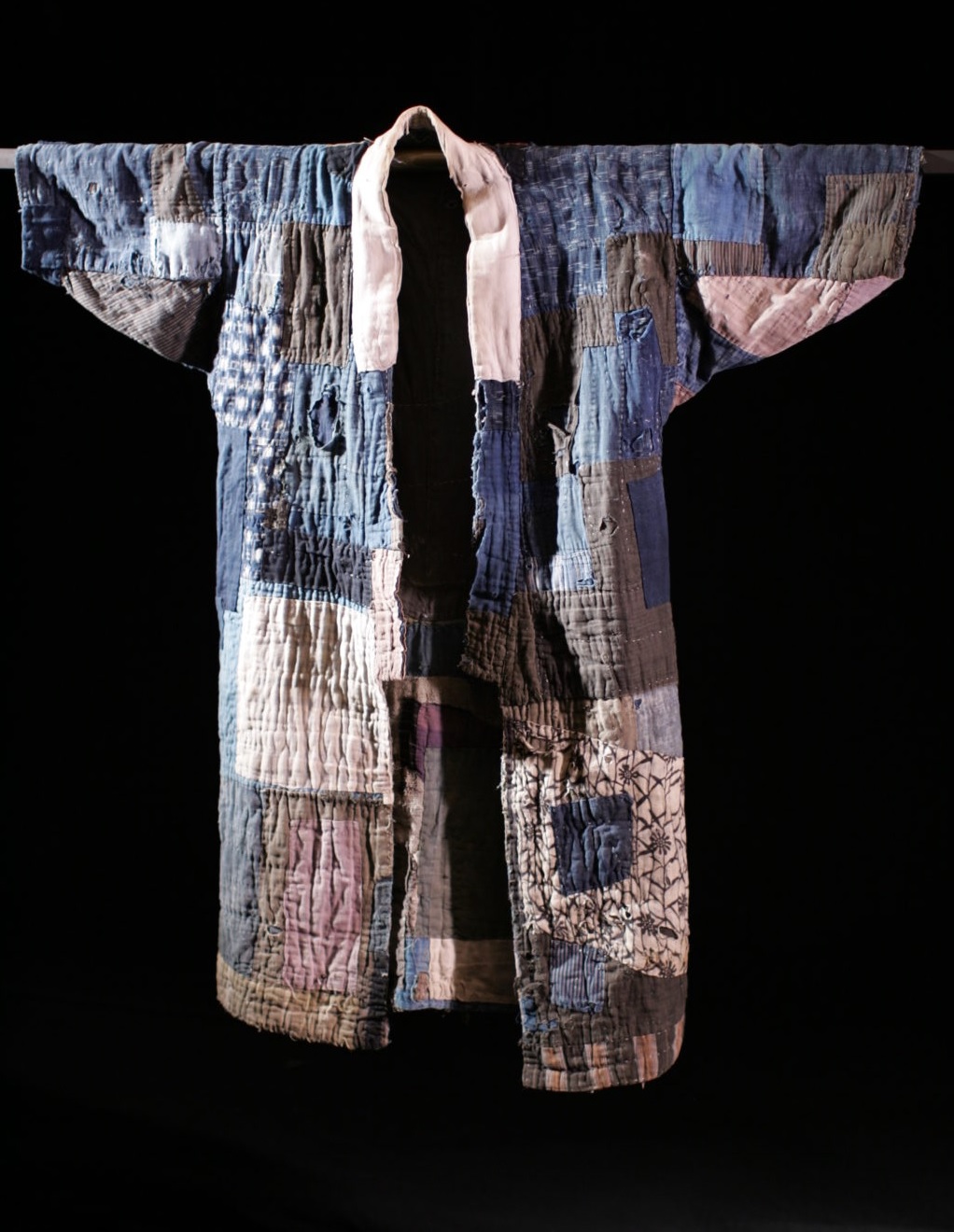

Across the Pacific, another name joined the story: Stephen Szczepanek, an American collector who founded Sri Threads, a Brooklyn-based gallery devoted to antique Japanese textiles. Szczepanek and his partner Yoshiko began collecting boro around 2007, exhibiting it internationally and selling to museums and designers who suddenly saw the artistry in endurance. “For 300 years, these were rags,” he once said. “Then someone looked closer.” His shows redefined boro as not just textile but testimony—a philosophy of repair written in cotton and indigo.


What followed was a shift from museum curiosity to contemporary inspiration. In the hands of designers, boro’s texture and ethos became language again. Brands like KUON, founded by Shinichiro Ishibashi, began reclaiming antique boro cloth and remaking it into jackets, trousers, and accessories. KUON’s team deconstructs century-old fragments, stabilizing them with new fabrics and minimal interventions to preserve their fragile stitching. Ishibashi calls it “reincarnation through cloth.”
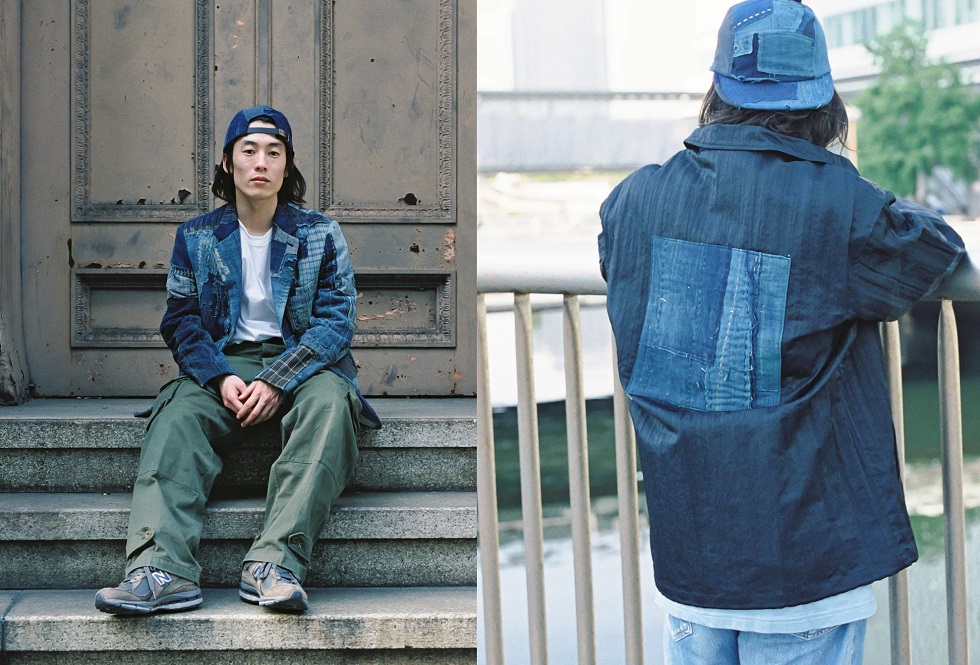
Other makers joined the quiet revival. In Okayama, Kapital—a brand whose roots lie deep in Japan’s denim heartland—reimagined boro as both philosophy and form. The label’s patchwork jeans and jackets, hand-stitched with visible threads of indigo and ivory, paid homage to the rural menders of Tōhoku while speaking fluently to global fashion.

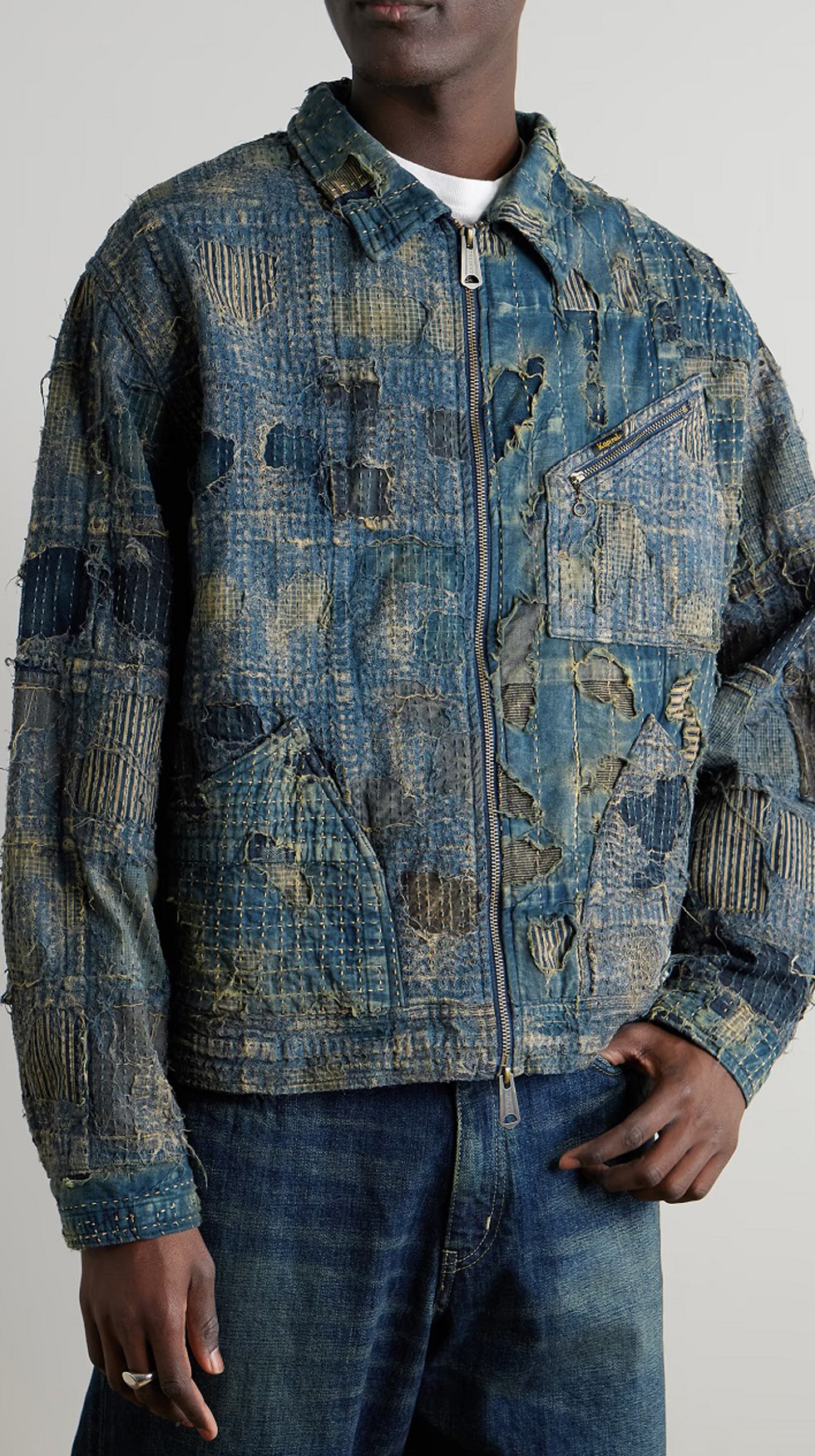
Osaka’s MSPC Product, known for its Master-Piece bags, incorporated patchwork panels into limited runs of backpacks and messenger bags, each subtly different from the next. Across the Pacific, Portland-based Kiriko Made began sourcing vintage boro and sakiori fabric for scarves, homeware, and apparel, connecting Japanese handcraft to Western audiences.
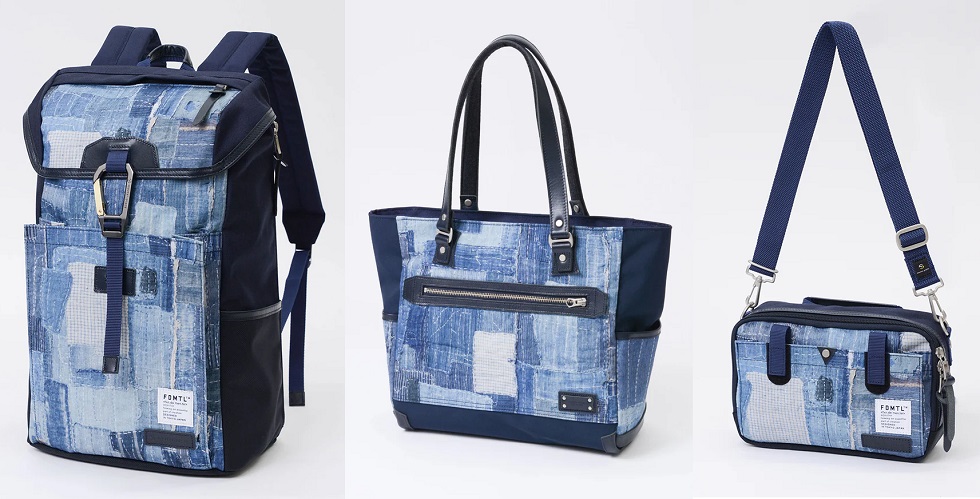

And today, a new cultural shift is happening that mirrors what began in the Edo period. We’re seeing boro’s essence translate beyond galleries and heritage brands into something more democratic and immediate. On TikTok and YouTube, a generation raised on fast fashion has begun to stitch back. Young creators film themselves in bedrooms and at kitchen tables, deconstructing thrifted denim and turning it into patchwork jackets, visible mending that transforms worn fabric into personal style. They don’t call it boro—most have never heard the word—but the instinct is identical. Take what’s discarded. Layer it. Make it last.
But here’s the thing for boro purists: unlike denim or kimono, there is a finite supply of true antique boro. Most surviving pieces date between 1850 and 1950, each one a survivor of use, time, and chance. Collectors estimate that only a few thousand significant examples remain worldwide, many too delicate to handle. Once they’re gone, they’re gone. What persists instead is the idea—the practice of visible repair, the celebration of imperfection, the humility of preservation over replacement.

There’s an irony in all this: the same culture that once burned boro now exhibits it in galleries from New York to Paris, often behind glass. A textile born of scarcity is now priced by scarcity. Yet the reverence doesn’t feel misplaced. In a world of disposable everything, the quiet defiance of those stitches feels radical again.

Look closely at a piece of boro and you see time behaving differently. Each layer tells you about a winter, a time, a struggle. The stitching—tight, uneven, insistent—isn’t the work of a designer. It’s the work of survival. And when the layers fray, you mend again. In the indigo fields of old Tōhoku, that was life itself.

Today, collectors and artisans treat boro with near-religious respect. Exhibitions tour London, New York, and Tokyo. Fashion houses lift its patchwork language into high design. Yet its essence resists ownership. You can’t mass-produce time. You can’t fake wear. What makes boro precious isn’t the fabric—it’s the life and story held within it.

When you stand before one, you realize: the beauty isn’t in perfection. It’s in persistence. A coat that shouldn’t have lasted one lifetime endured through three. Boro isn’t just Japan’s story—it’s the universal one. The art of making do. The courage to repair. And the dignity of what endures.





 Carry Awards
Carry Awards Insights
Insights Liking
Liking Projects
Projects Interviews
Interviews